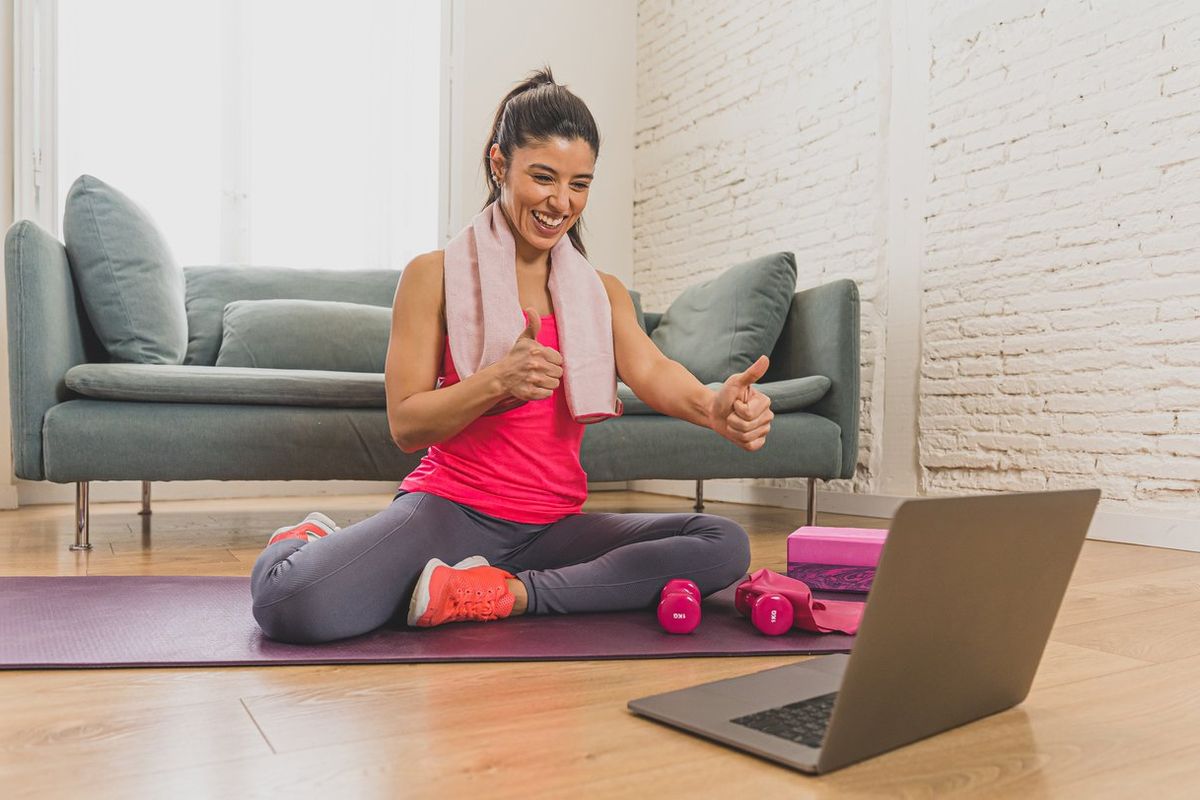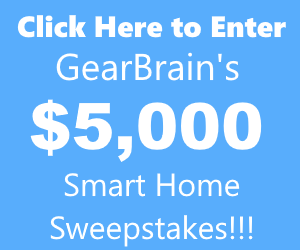Health Devices

iStock
The Ultimate 2025 Guide to Fitness Trackers and Health Wearables
Discover the latest features, top models, and decision tools to choose the right fitness tracker or health wearable in 2025.

Discover the latest features, top models, and decision tools to choose the right fitness tracker or health wearable in 2025.
Wearables in 2025 are more than step counters. They’re becoming hubs for wellness, recovery, safety, and even proactive health insights. Advances like dual-frequency GPS, improved sensors, AI-based coaching, and emphasis on data privacy have shifted what people expect. If you're shopping for a fitness tracker, health band, or smartwatch now, here’s what to look for — plus real models that stand out.
Choosing the Perfect Fitness Tech: Top Smart Wearables & Health Gadgets for 2025 Looking to upgrade your fitness routine with the latest smart technology? In this video, GearBrain dives into our expert guide, ...

Before buying:
Your answers will help you decide which features are must-haves vs optional.

Here are features that matter in 2025, and when they’re important:
| Feature / Sensor | What it Does | When You Need It |
|---|---|---|
| Heart rate + continuous HR monitoring | Tracks rest, active, maximum; helps with calorie burn, zones | Almost always — basic requirement |
| SpO₂ (blood oxygen) | Measures oxygen saturation; useful for sleep / altitude / respiratory health | If you sleep poorly, travel to high altitudes, or want advanced health data |
| GPS / dual-frequency GPS | Tracks outdoor movement; dual-frequency improves accuracy (reduces signal error) | Outdoor running, hiking, biking without your phone |
| Sleep tracking / recovery metrics | Measures sleep stages, interruptions; some provide readiness or recovery score | If sleep or fatigue is a concern |
| ECG / arrhythmia detection / Loss-of-Pulse detection | Detects irregular heartbeat / alert for emergencies | If you have cardiovascular risk; also nice for safety peace of mind |
| Temperature sensors / skin temp / stress / sweat / hydration (if available) | Additional health signals; often still emerging / less standardized | For advanced wellness tracking, or specialized training |
| Waterproofing / ruggedness | Protection for swimming, sweat, outdoor exposure | If you swim, do adventure sports, or want durability |


Trade-offs are real:




Here are some current models that illustrate different trade-offs. Always check the latest firmware and region availability.
| Model | Stand-out Features | Pros | Trade-Offs / Weaknesses |
|---|---|---|---|
| Fitbit Charge 6 | Built-in GPS, ECG, stress tracking (EDA), continuous HR, good display; improved algorithms from the Pixel Watch line. | All-round wellness features; solid if you want many sensors in a fitness band form factor. | Price is higher vs budget bands; GPS accuracy according to some reviews is less reliable. |
| Google Pixel Watch 4 | Dual-frequency GPS, AI-powered health coach, upgraded display & brightness, optional LTE, good for those who want smartwatch & health combo. | Deep integration with Google ecosystem; feature-rich; modern sensors. | Price; battery life under heavy use may be less than simpler trackers. |
| OnePlus Watch 3 | Very long battery life (claims up to ~120 hours); strong sports & health tracking; attractive value among Wear OS watches. | Great for users wanting many features without daily charging; good display and build. | Size / weight may be large; Wear OS app ecosystem may not be as polished as Apple’s; some features may lag in updates. |
| CMF Watch 3 Pro | Affordable with AI-powered guidance, 131 sports modes, robust sensors (4-channel HR), good battery (~13 days typical usage). | Great value; strong fitness features; nice battery; metal body; stylish. | Probably lower in premium finishes; some trade-off in feature polish; availability may vary. |
| Polar Loop | Screenless, subscription-free, focus on essentials: activity, sleep, auto workout detection; ~8 days battery; minimal distractions. | Excellent for people who want simple, continuous tracking without paying monthly or being pestered by notifications. | Less real-time feedback; no display may be a downside for some; deeper metrics limited. |
| Amazfit Helio Strap | Lightweight design, AI-driven recovery tracking, continuous HR, strong battery life. | Great for athletes who want science-backed insights in a minimalist band. | Limited smartwatch features; app ecosystem smaller than Apple or Google. (More details.) |
| Whoop Strap (Whoop 4.0) | Subscription-based model with deep strain, recovery, and sleep analytics; screenless for 24/7 wear. | Excellent recovery insights for serious trainers; lightweight, distraction-free. | Requires monthly subscription; no display for quick checks; locked into Whoop ecosystem. |
| Apollo Neuro | Uses gentle vibrations to support stress reduction, focus, relaxation, and recovery. | Unique wellness focus; complements traditional trackers; backed by neuroscience research. | Not a traditional fitness tracker; limited activity/sports metrics; premium price. Read review. |
Here’s a quick checklist to use when narrowing your choices:
In 2025, fitness trackers and health wearables are more capable than ever, but also more complex. The right device depends heavily on what you need, how much you’ll wear it, and how much you value extras like safety features or data privacy. Start by defining your goals, use the checklist above, and then pick a device that hits the sweet spot for you — balancing features, comfort, battery, and cost.
Check out The GearBrain, our compatibility find engine, for the perfect fitness tracker or health wearable. You can also find compatible products with Google Assistant, Amazon Alexa-enabled devices, or any of your existing smart devices.
GearBrain Compatibility Find Engine
A pioneering recommendation platform where you can research,
discover, buy, and learn how to connect and optimize smart devices.
Join our community! Ask and answer questions about smart devices and save yours in My Gear.
